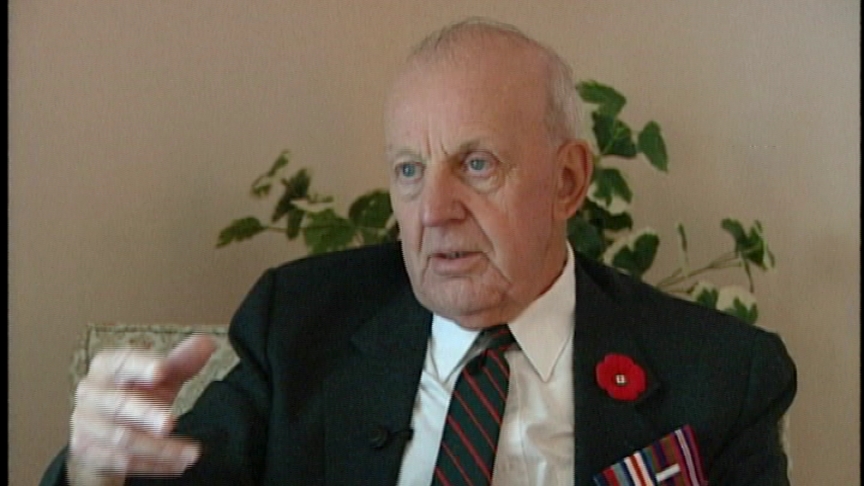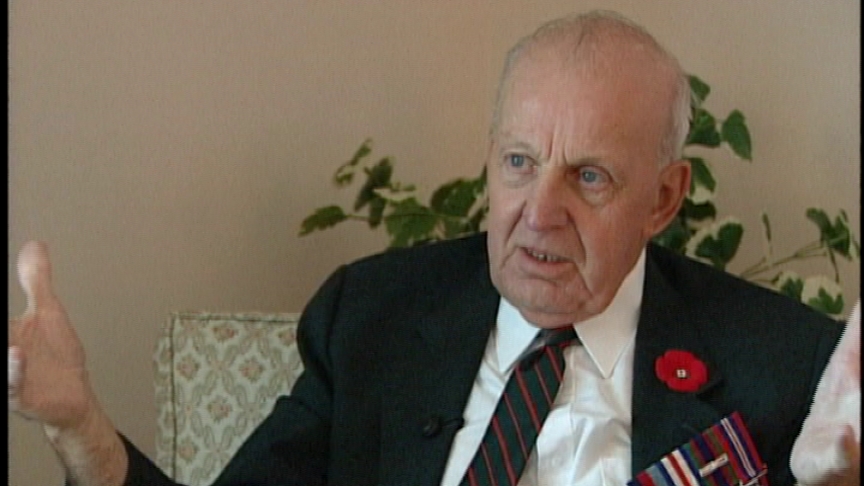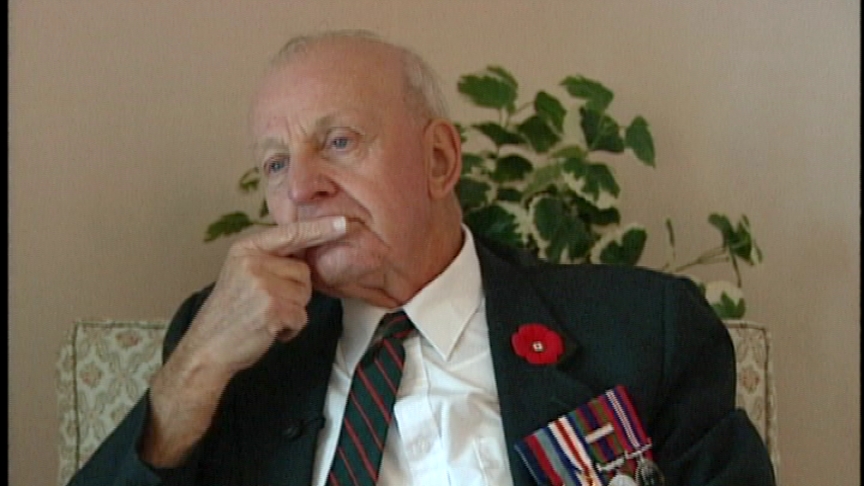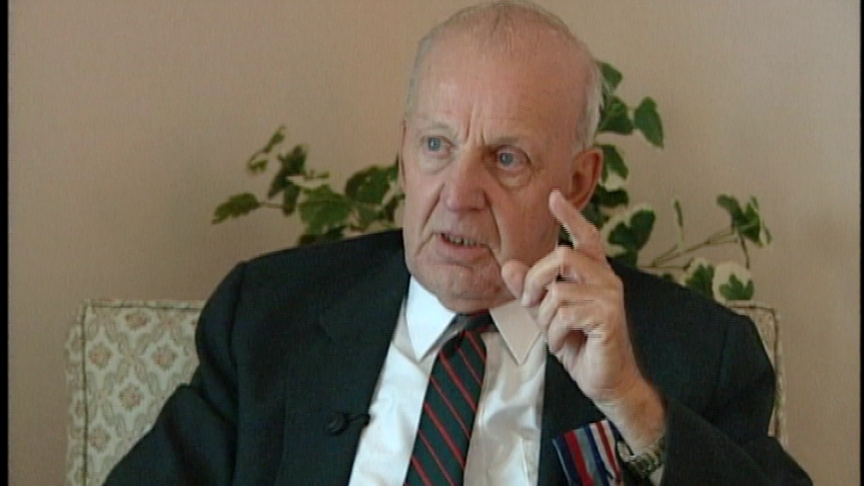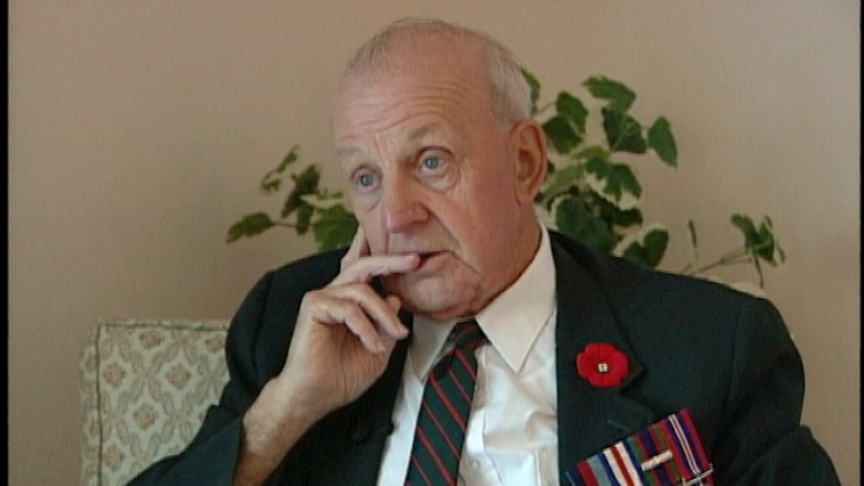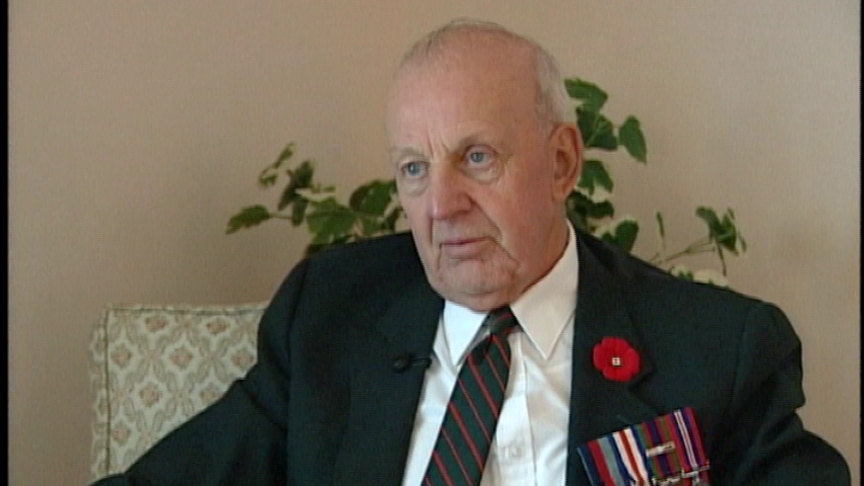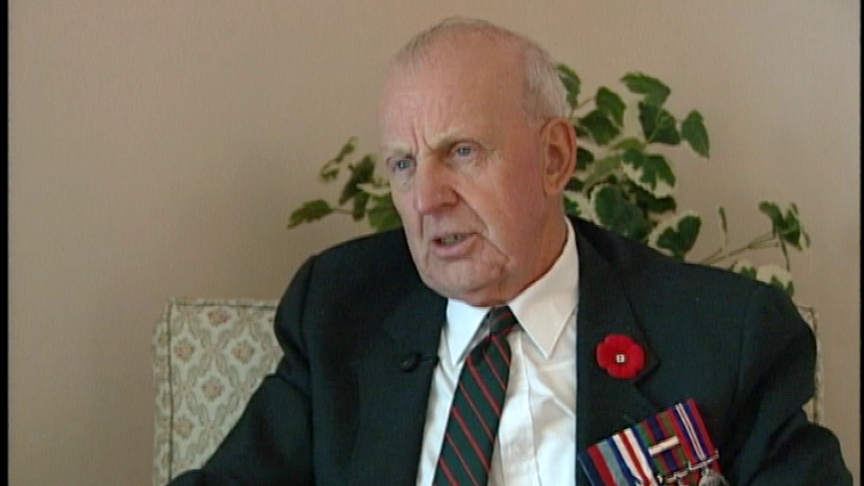Help on the Home Front
Heroes Remember
Help on the Home Front
Current position:00:00:00
Total time:--:--:--
I left the lawyer’s office and went on to work in Vickers,
as an apprentice fitter, in the aircraft division.
So, we were building old Stranraer Bombers at the time,
which is an old flying boat with canvas wings,
and they built a number of them for Coastal Command,
and they ended up on the West Coast and the East Coast,
you know, but they were a very slow aircraft.
Interviewer: Were these factories expanding at that time?
Yes, very much so actually because what actually happened at that
Vickers was, at that time, not only building the Stranraers
but they were also building Hamden Bombers in another shop,
you see, and then what actually happened is then Vicars had a new
plant built up in the north end of Montreal in the Cartierville Region,
and this eventually became Canadair, which is today Bombardier,
you know, so it’s expanded for sure.
But then, you see, the move up to, from the east end of Montreal
up to Cartierville, the plant converted over to building the
American PBY bombers and then they were hiring midgets to buck rivets.
In other words, they crawled down the wings and they buck rivets to,
on for the riveter holding a dolly,
a piece of hard metal up against so the rivets would compress.
So this is what the rivet bucker was, you see.
Interviewer: What were your duties during that period of time?
I was working in the shop, machining parts
and so on for different tools to build other parts,
like in a toolmakers process or items like that.
Interviewer: Did this expansion of, of industry take up the
unemployment problem that was there from the Depression?
Well there was about, well actually, that, that particular time,
they were bringing a lot of people from out West who, who were
unemployed and they brought them out to Eastern Canada to work
in the manufacturing plants to help increase the productiion
and a lot of them remained in Eastern Canada after the war.
Related Videos
- Date modified:



